Cilantro Seeds Spice: From Garden to Plate – 10 Must-Know Tips & Tricks!
Have you ever wondered what happens to those leafy green herbs in your garden once they bolt and flower? Meet cilantro seeds, the unsung hero of the spice world. Often overlooked, these tiny seeds pack a powerful flavor punch and are more versatile than you might think.
In this blog post, we’ll uncover everything you need to know about cilantro seeds spice—from its origins and flavor profile to how to cook with it and where to buy the best quality. Whether you’re a seasoned chef or a home cook experimenting with new flavors, this guide will help you unlock the full potential of this unique spice.
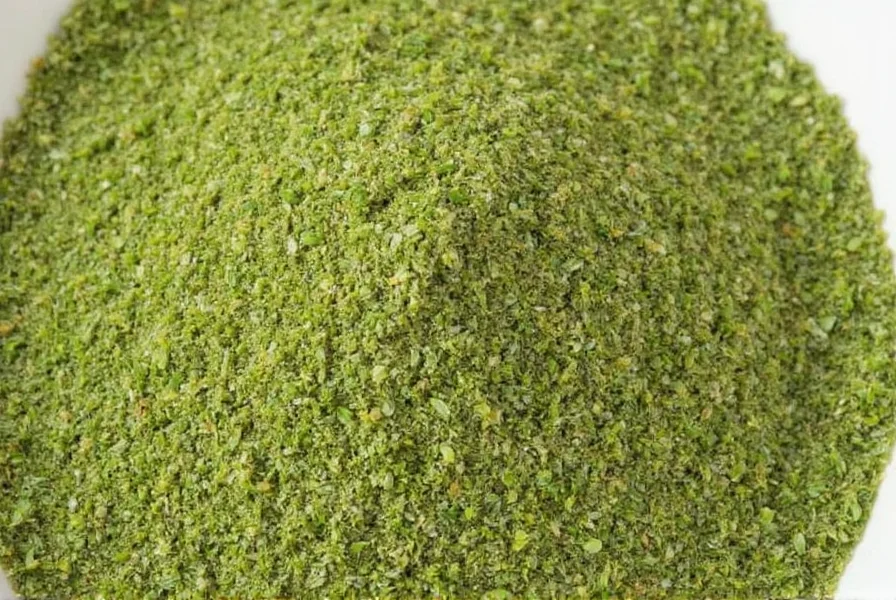
Table of Contents
- What Are Cilantro Seeds?
- Flavor Profile of Cilantro Seeds
- How to Cook With Cilantro Seeds
- Health Benefits of Cilantro Seeds
- Buying Guide for Cilantro Seeds Spice
- How to Grow Your Own Cilantro Seeds
- Culinary Traditions Around Cilantro Seeds
- Cilantro vs. Coriander: What’s the Difference?
- Creative Recipes Using Cilantro Seeds
- Conclusion
What Are Cilantro Seeds?
Cilantro seeds come from the flowering cilantro plant (Coriandrum sativum), which is also known as Chinese parsley. When the plant matures and goes to seed, it produces small round fruits that dry into what we commonly refer to as coriander seeds. In North America, the leaves are called “cilantro,” while the dried seeds are often referred to as “coriander.” But rest assured—they all come from the same plant.
Once harvested and dried, these seeds can be used whole or ground into a fine powder. They are widely used across Indian, Middle Eastern, Mediterranean, and Latin American cuisines.

Flavor Profile of Cilantro Seeds
The taste of cilantro seeds is warm, nutty, slightly citrusy, and subtly sweet. Think of them as earthier cousins of cumin with hints of lemon zest and floral undertones. Unlike the fresh leaves, which can polarize palates due to their soapy aldehyde compounds, the seeds are far more universally loved.
| Taste Description | Comparison to Other Spices |
|---|---|
| Nutty | Similar to sunflower seeds or sesame |
| Slightly Citrusy | Mild lemon-lime aroma |
| Earthy & Warm | Comparable to fennel or cumin |
| Subtle Sweetness | Faint licorice or anise notes |
How to Cook With Cilantro Seeds
Here are some practical tips for using cilantro seeds spice in your kitchen:
- Toast them: Lightly dry-roasting enhances their aroma and intensifies flavor. Just place them in a hot pan for 1–2 minutes until fragrant.
- Grind them: Use a mortar and pestle or a spice grinder for homemade coriander powder. Freshly ground seeds offer more depth than store-bought ones.
- Pair wisely: Combine with cumin, turmeric, chili powder, mustard seeds, or cinnamon for rich curry blends like garam masala or ras el hanout.
- Infuse oils or vinegars: Crushed seeds steeped in oil or vinegar add subtle warmth to dressings and marinades.
- Bake with them: Some traditional breads and pastries, especially in European cuisine, include ground coriander in the dough for a hint of spice.
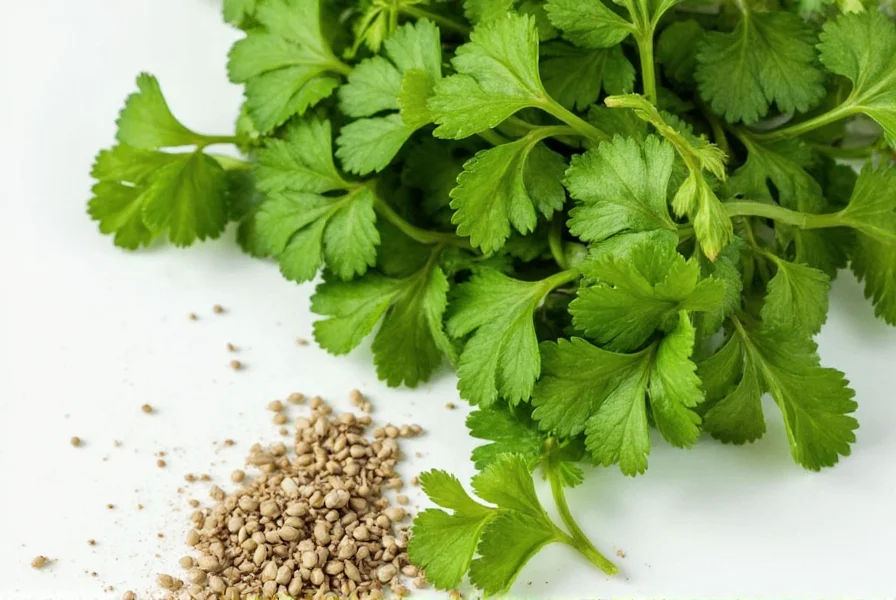
Health Benefits of Cilantro Seeds
Cilantro seeds aren’t just flavorful—they’re also packed with nutrients and health benefits:
- Anti-inflammatory properties: Rich in antioxidants and essential oils that reduce inflammation.
- Digestive aid: Helps stimulate digestion and relieve bloating and gas.
- Cholesterol regulation: May help lower LDL (bad) cholesterol levels when consumed regularly.
- Blood sugar control: Studies suggest they may assist in managing blood glucose levels, making them beneficial for diabetics.
- Detoxifying effects: Natural chelators that may help remove heavy metals from the body.
Buying Guide for Cilantro Seeds Spice
Not all cilantro seeds (or coriander) are created equal. Here's how to choose the best one for your needs:
| Factor | Description |
|---|---|
| Whole vs. Ground | Whole seeds last longer and retain flavor better; ground is convenient but should be stored properly. |
| Aroma | Fresh seeds should have a bright, aromatic scent. If they smell stale or musty, skip them. |
| Color | Look for tan to light brown seeds without dark spots or discoloration. |
| Packaging | Opt for airtight containers or vacuum-sealed bags to preserve freshness. |
| Organic Certification | If possible, go organic to avoid pesticide residues and ensure purity. |
Top Picks for Best Cilantro Seeds/Coriander Spice
| Product Name | Features | Best For |
|---|---|---|
| Mountain Rose Herbs Organic Coriander | USDA certified organic, non-GMO, sustainably sourced | Home cooks, holistic users, DIY spice mixers |
| Spice Islands Whole Coriander | Consistently high-quality, affordable, widely available | Everyday cooking, baking, blending |
| Simply Organic Coriander Seed | Eco-friendly packaging, fair trade, strong aroma | Health-conscious consumers, ethical buyers |
| Frontier Co-op Whole Coriander Seeds | Wholesale pricing, bulk options, great for chefs | Professional kitchens, large-scale cooking |
How to Grow Your Own Cilantro Seeds
Growing your own cilantro and harvesting the seeds is easier than you think. Here's a quick guide:
- Plant cilantro in well-drained soil in early spring.
- Let the plants grow without harvesting too many leaves—allow them to bolt (flower).
- Wait until the flowers turn into greenish-white clusters.
- Once the seed pods turn brown and begin to dry, harvest them carefully.
- Hang the stalks upside down in a dry, airy space to let the seeds mature fully.
- Collect the seeds by shaking the stalks over a container.
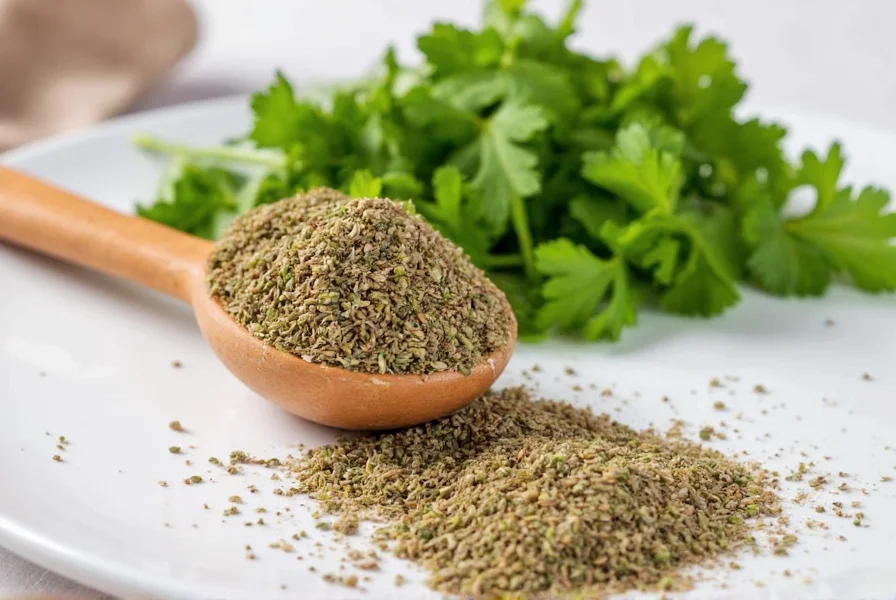
Culinary Traditions Around Cilantro Seeds
Cilantro seeds are a staple in global spice racks. Here’s how different cultures use them:
- India: Used in garam masala, pickles, and curries. A common ingredient in spice blends for lentils and vegetables.
- Middle East: Found in baharat, a spice mix used in meat dishes, stews, and rice pilafs.
- Mexico: Sometimes included in mole or salsas for added warmth and depth.
- Europe: Used in bread-making, sausages, and pickling spices, especially in German and Scandinavian traditions.
Cilantro vs. Coriander: What’s the Difference?
This is a common source of confusion, especially across regions:
- Cilantro: Refers to the fresh leaves in the U.S. and parts of North America.
- Coriander: The term used for both the plant and the seeds in the UK, Australia, and other English-speaking countries outside North America.
So, when you see “coriander seeds” on a label, you're still dealing with the same plant as cilantro—it’s just a matter of regional naming.
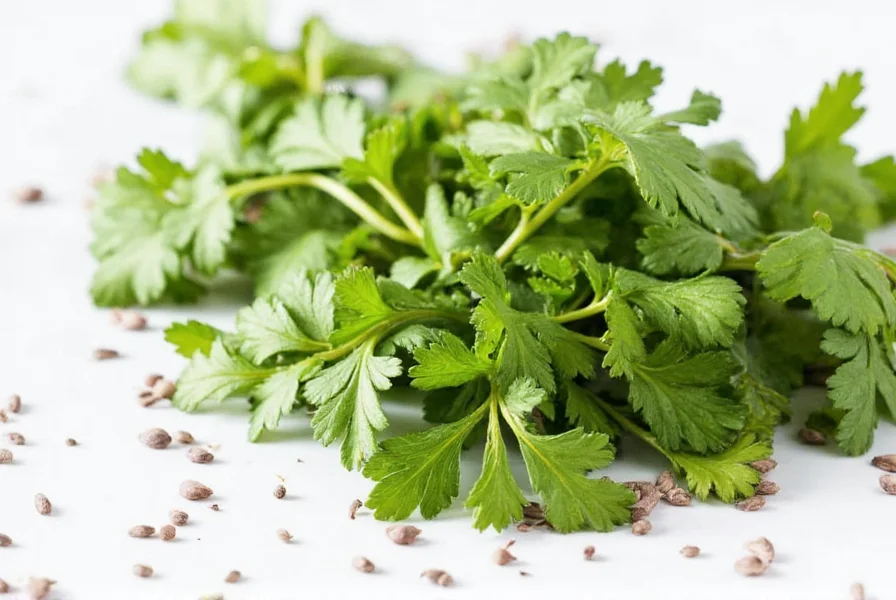
Creative Recipes Using Cilantro Seeds
Ready to spice up your meals? Try these exciting ways to use cilantro seeds spice:
- Smoky Chickpea Curry: Toast coriander seeds with cumin, paprika, and garlic for a bold curry base.
- Spiced Popcorn: Toss air-popped popcorn with melted butter and a pinch of coriander powder.
- Marinade Magic: Mix ground coriander with olive oil, lemon juice, and herbs for grilled chicken or tofu.
- DIY Spice Blends: Make your own za’atar, curry powder, or taco seasoning with coriander as a foundational note.
- Honey-Coriander Dressing: Whisk together honey, cider vinegar, Dijon mustard, and a dash of ground coriander for a zesty salad dressing.
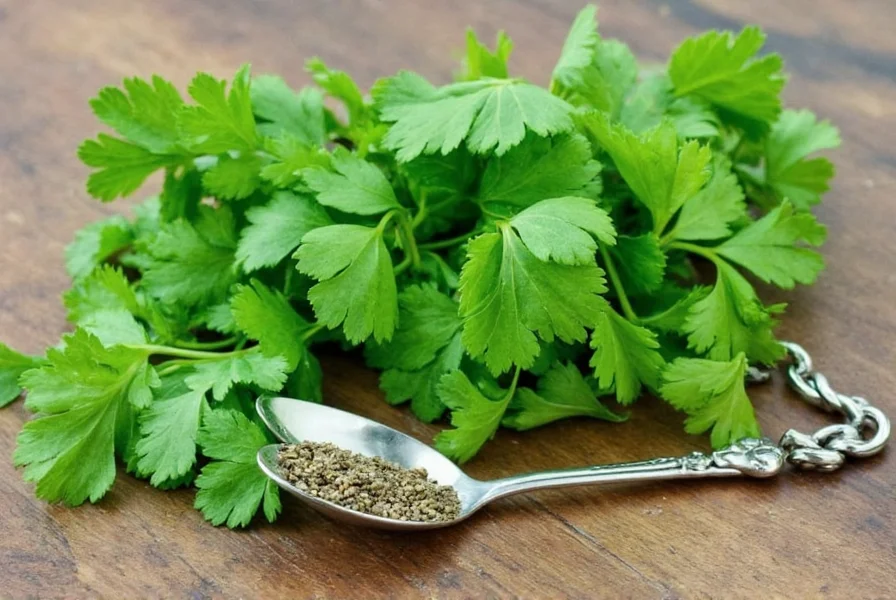
Conclusion
Cilantro seeds spice may not get as much attention as the vibrant green leaves, but don’t overlook their value. Whether you’re looking to elevate your curry game, support your digestion, or grow your own spice garden, cilantro seeds (aka coriander) deserve a permanent spot in your pantry.
By understanding their flavor, mastering cooking techniques, choosing quality products, and exploring new recipes, you can take your culinary skills to the next level. So next time you reach for your spice rack, don’t forget the humble yet mighty cilantro seed!
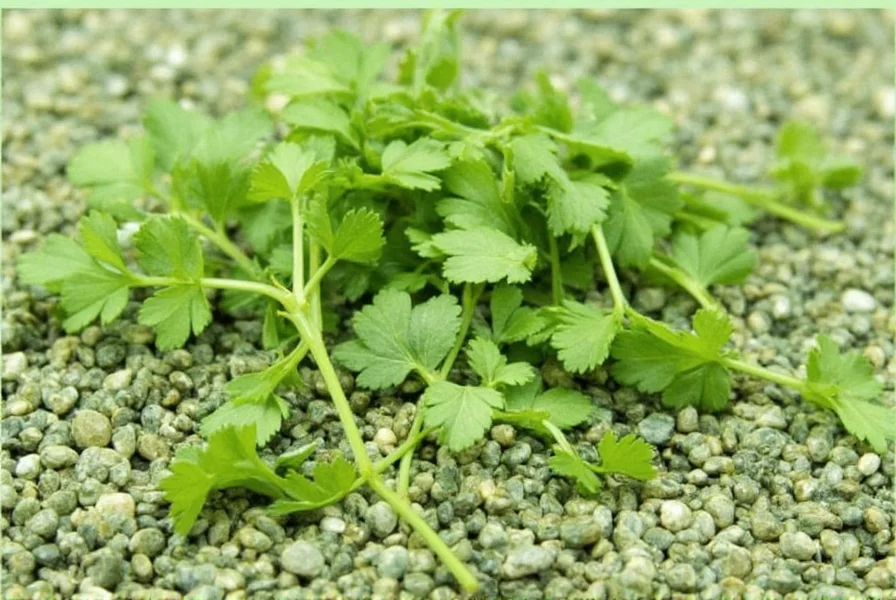

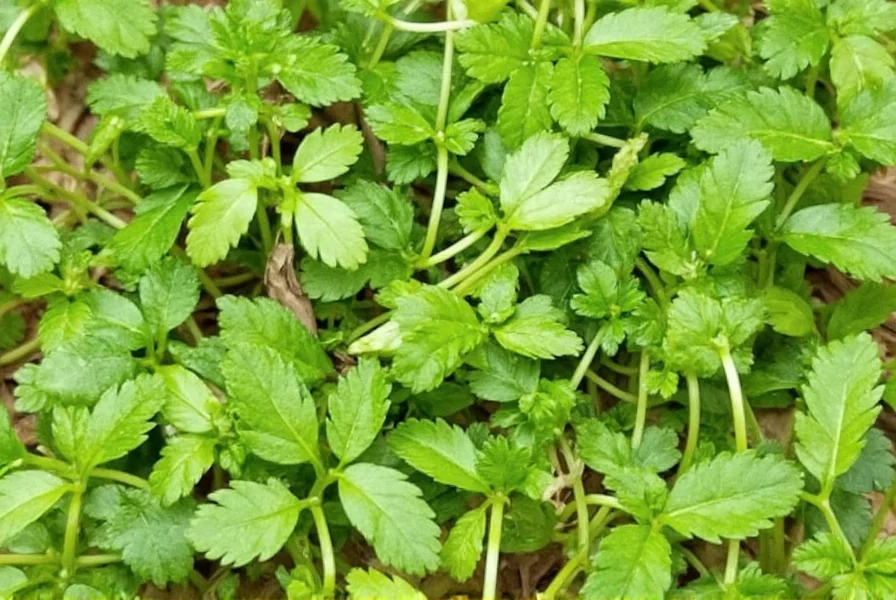









 浙公网安备
33010002000092号
浙公网安备
33010002000092号 浙B2-20120091-4
浙B2-20120091-4